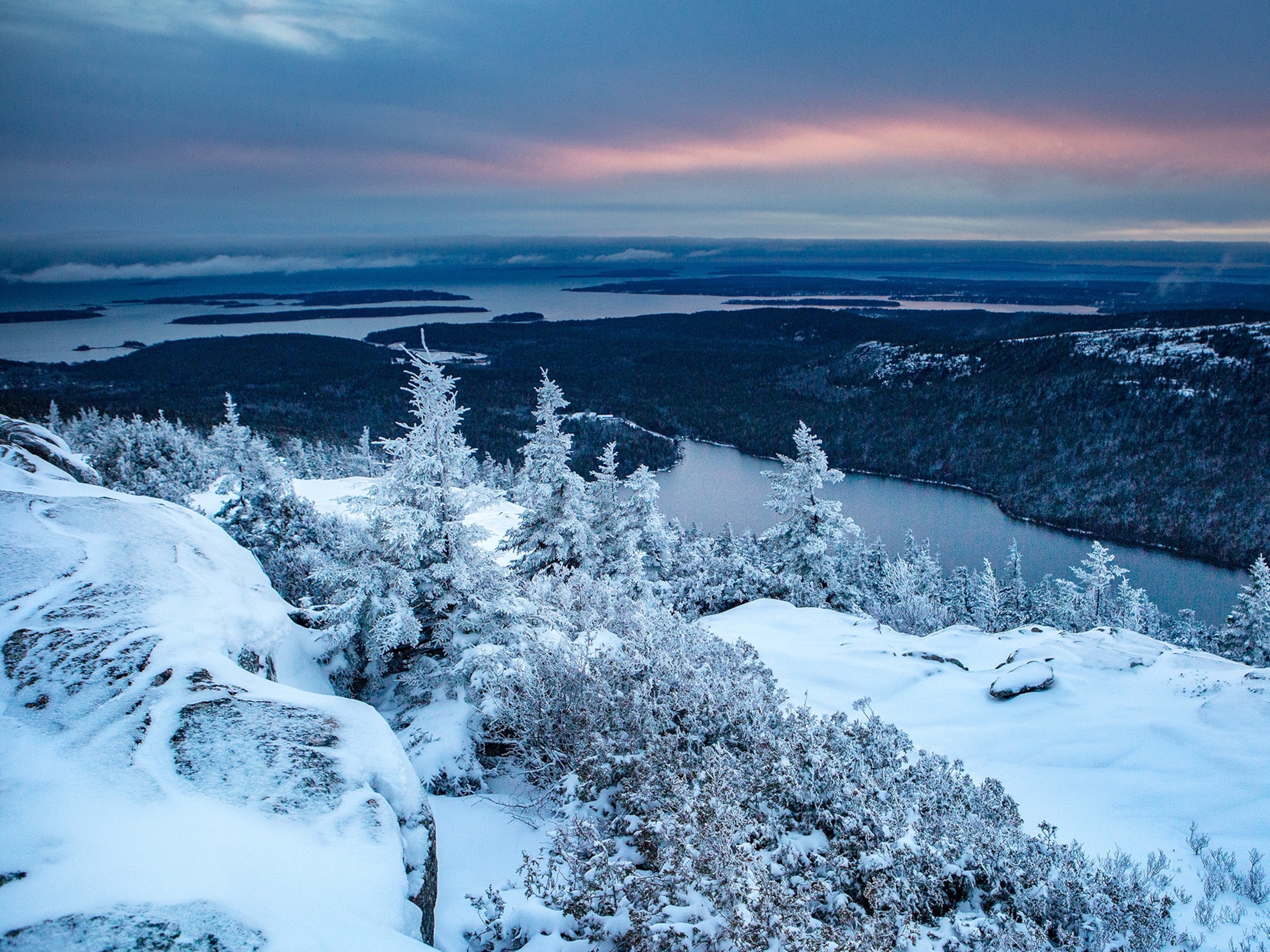
This is what -32°F in Finland’s surreal winter forest is like
For six months of the year Arctic Finland is a wonderland of lakes, snow and the taiga – winter forest – which yields some of the most striking shapes in nature.
“Imagine the most pure and white snow you've ever seen, a dead silent forest, and these ice sculptures spread across the hillside.” This is what greeted Norwegian photographer Stian Klo when he and a friend journeyed to the Kuusamo region of Finland in search of inspiration. The first thing they found was a heavy dump of snow and a stable cold front—with temperatures nudging -35 deg Celsius (-32 degrees Fahrenheit).
Their targets were the much-forested Riisitunturi National Park, the watery Oulanka National Park and Kuntivaara—a sprawling hill that overlooks the first ground of Russia, which begins just 3 kilometres to the east of the summit. The whole area is part of the northern region of Lapland, which contains all of Arctic Finland.
Finland has been named five times by the United Nations as the world’s happiest place to live, and is the current title holder. Around 5.6 million lucky people call this Scandinavian country home—with a land area almost twice that size of Great Britain which, for comparison, has a population of nearly 65 million.
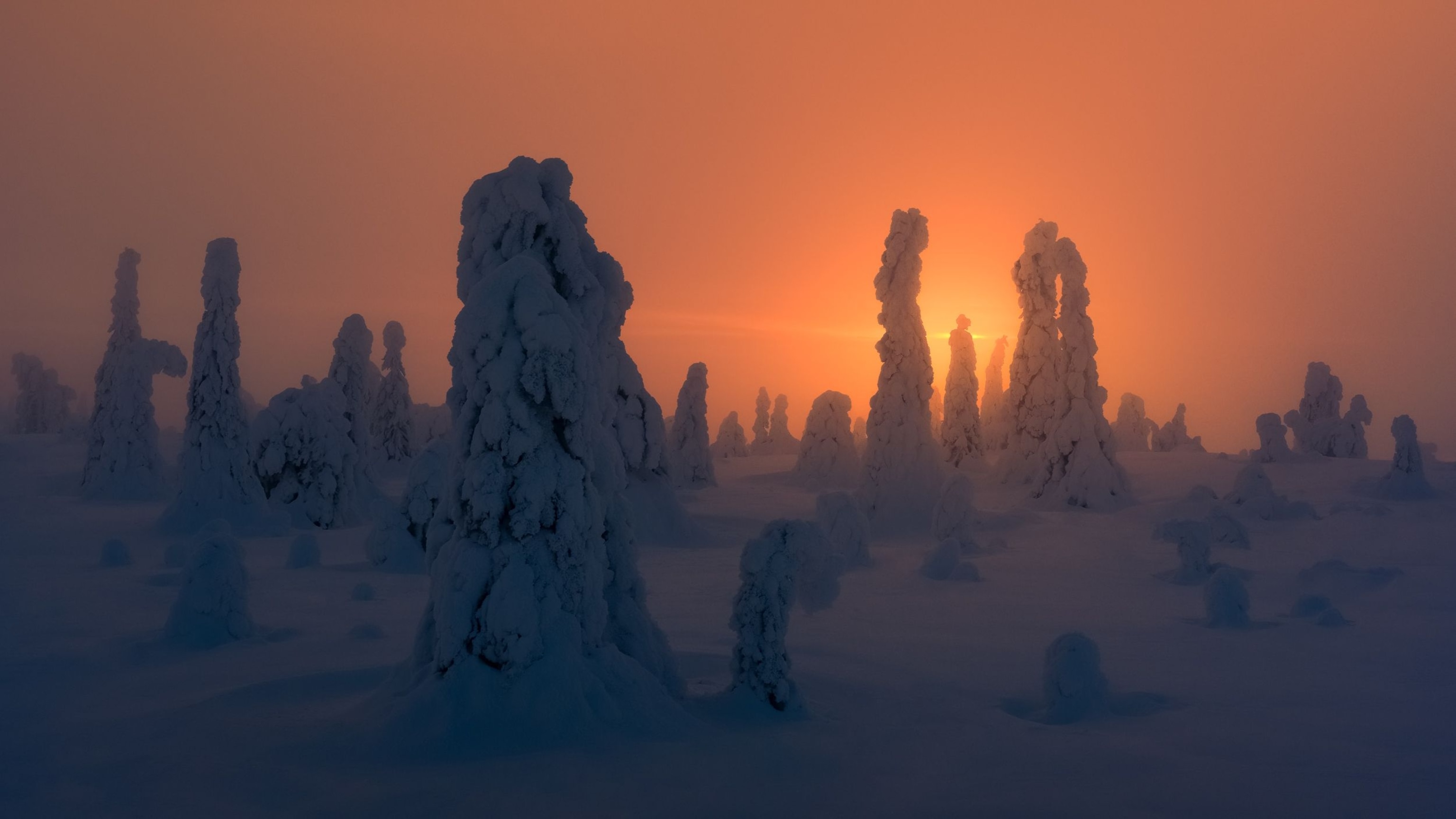
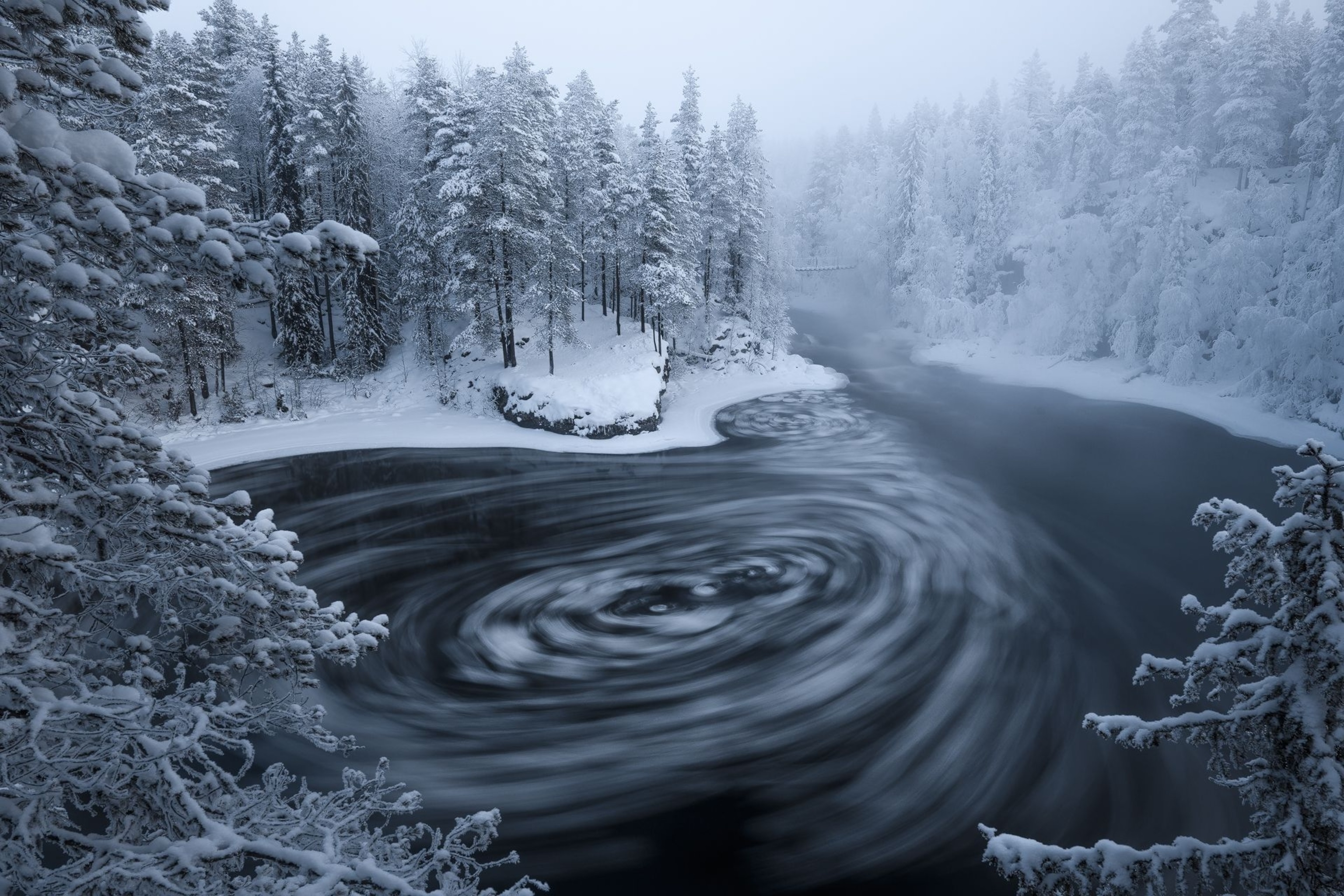
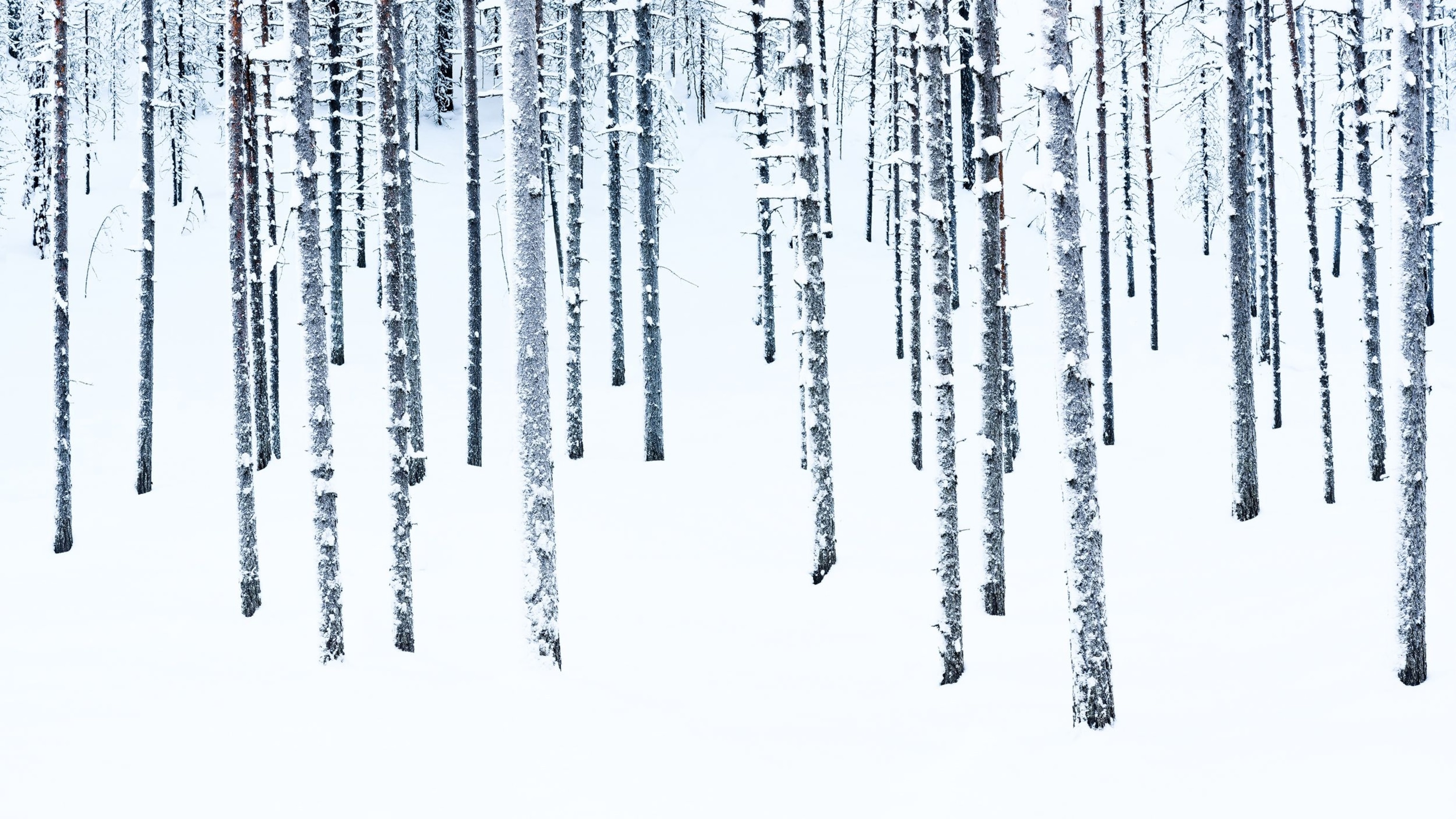
There are consequently a lot of places in Finland where humans are in short supply, the land filled instead by approximately 188,000 lakes and covered by 20 million hectares (75% of its area, and growing) of coniferous wood, making it Europe’s most forest-covered country. Much of Finland’s north is part of the semi-contiguous boreal forest, which stretches across much of the Arctic latitudes of the northern hemisphere. This winter forest, or taiga, is the world’s largest terrestrial biome. It freezes for six months of the year. And when it freezes, it freezes in style.
“I've always been intrigued by winter and its pure aesthetic,” says Klo, “and Finnish Lapland is the epitome.” Klo grew up in Arctic Norway and today runs photo tours out of Lofoten, so is no stranger to Scandinavian spectacle. “I’m spoiled with big mountain and fjord vistas pretty much from my doorstep—but Finland is completely different, with its massive forests and lakes. As a photographer this means less obvious compositions.”
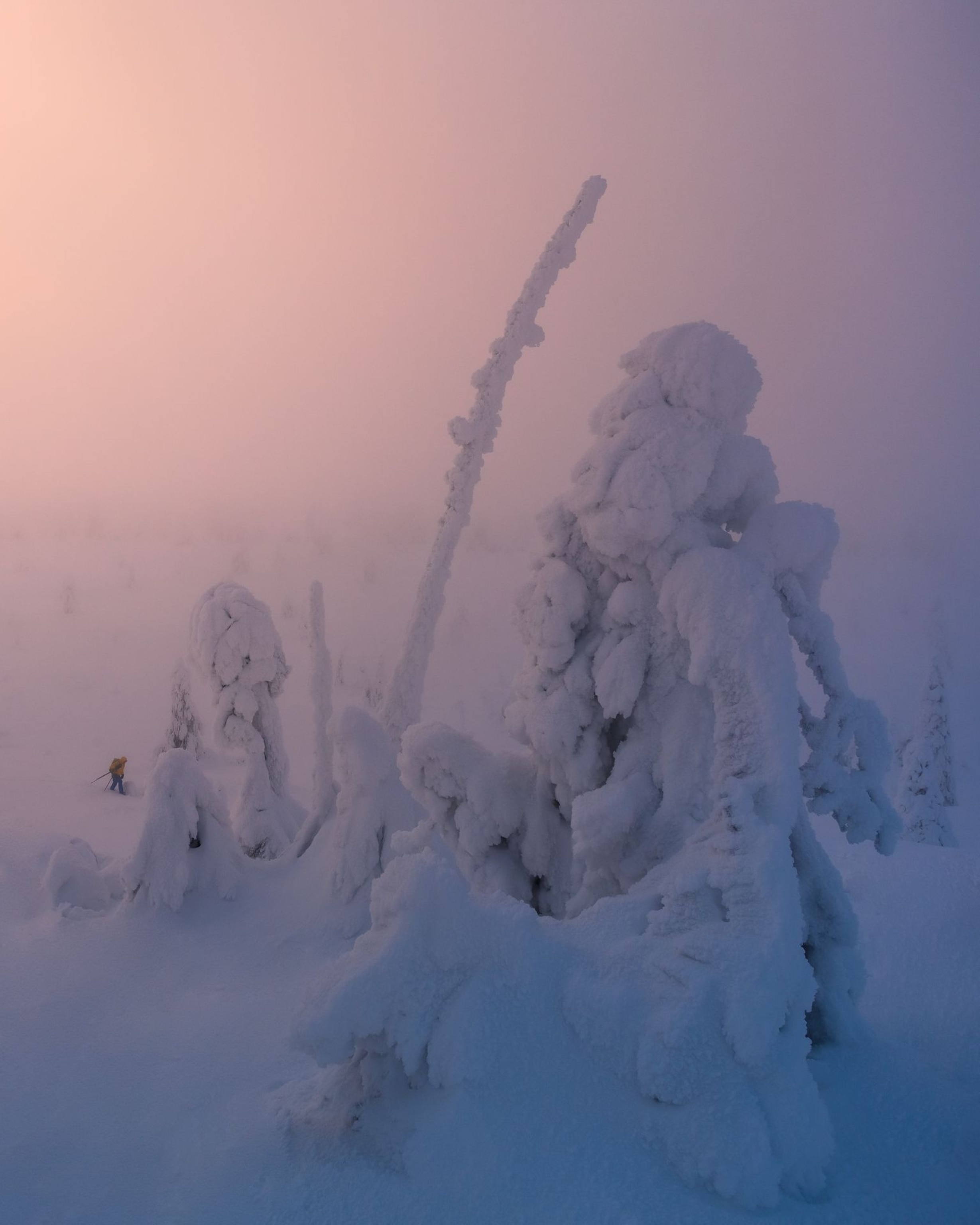
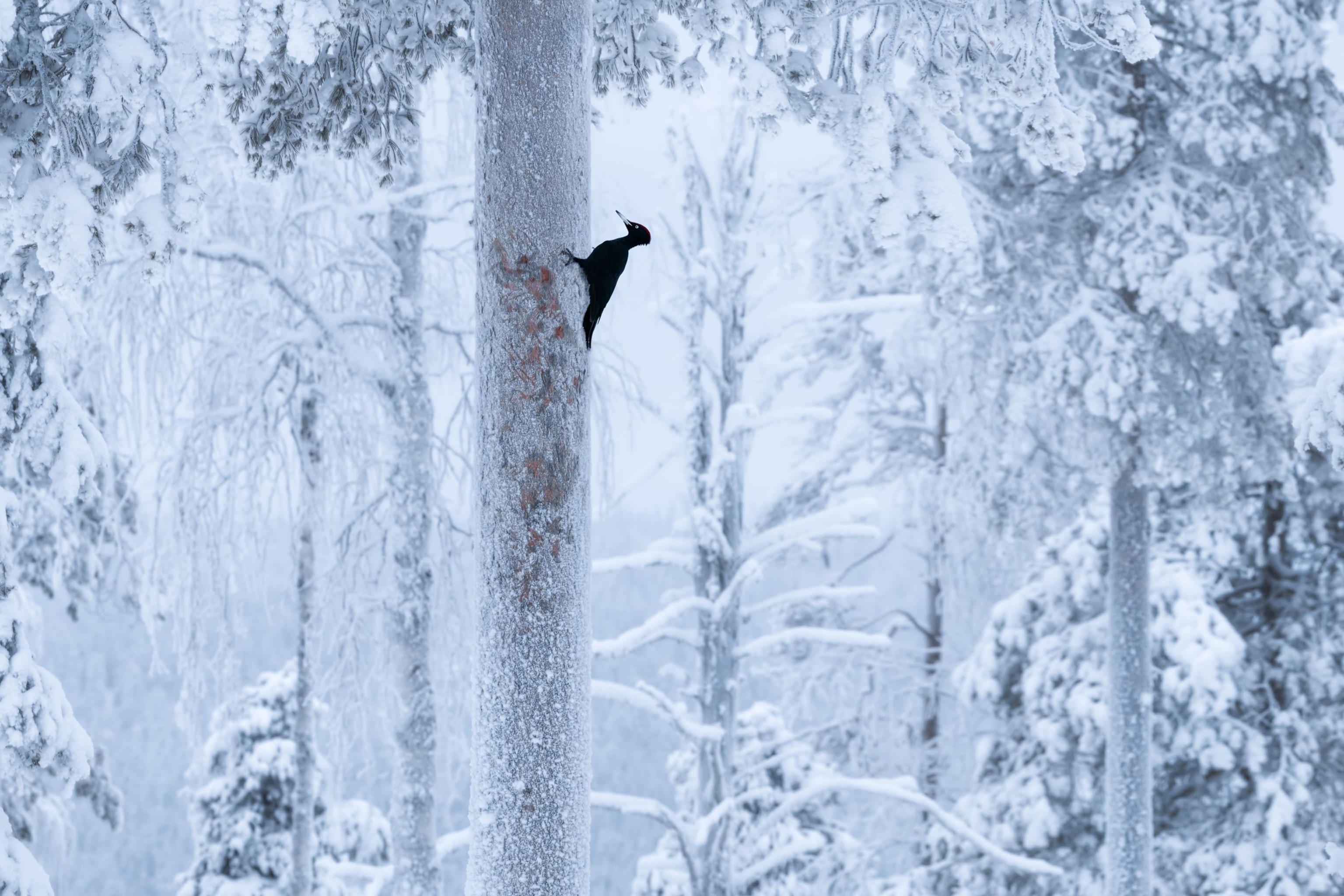

Working in such extreme cold presented problems. Equipment had to be acclimatised to stop it fogging up, with batteries worn against the body, and care taken not to breathe near lenses in case the vapour froze. Wearing up to six layers of clothes including merino wool underlayers, down jackets and shells was necessary to stave off the cold whilst static but triggered sweating during short bursts of activity. And this sweat then turned to frost when the next composition presented itself, and physical activity once again ceased.
(See what it's like to live in the coldest city in the world.)
“I always knew it was going to be a cold experience, but I wasn’t prepared for the surprisingly high humidity.” Klo says. “I thought it would be a lot more ‘dry’ cold. But the water in the air felt like tiny specs of rain crystals falling from the sky. This meant every object exposed would be completely frozen in a short matter of time. Including us.”
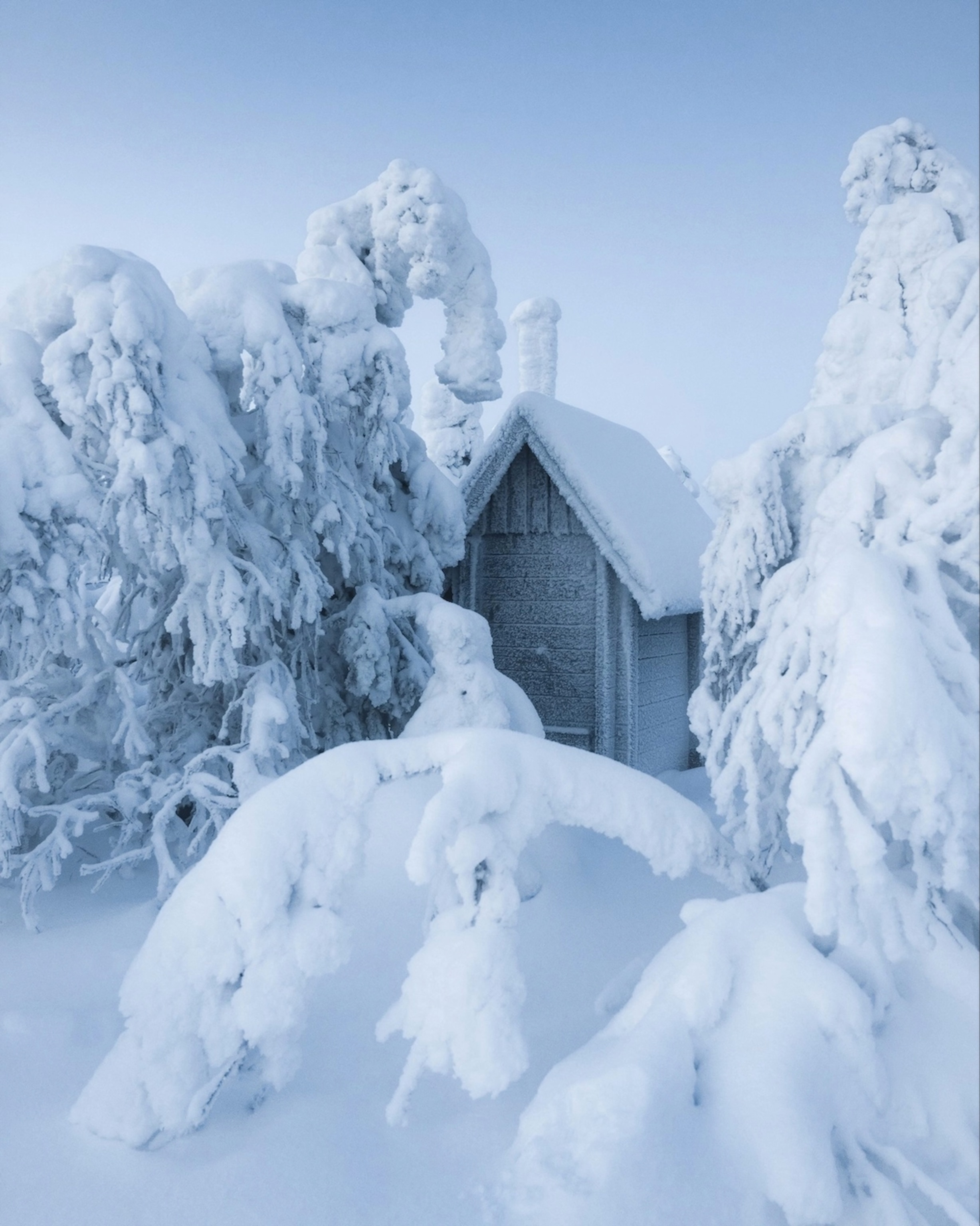

And with the northern latitude compressing daylight into just a few hours, the pressure was on. “Sunrise was around 10.40am and sunset 2pm,” says Klo. “A normal day for us meant going out a couple of hours prior to sunrise to catch twilight and the blue hour, and pre-scouting the forest. We had planned to stay out after sunset as well, but I have to admit we were both physically and mentally drained from having to endure the cold.”
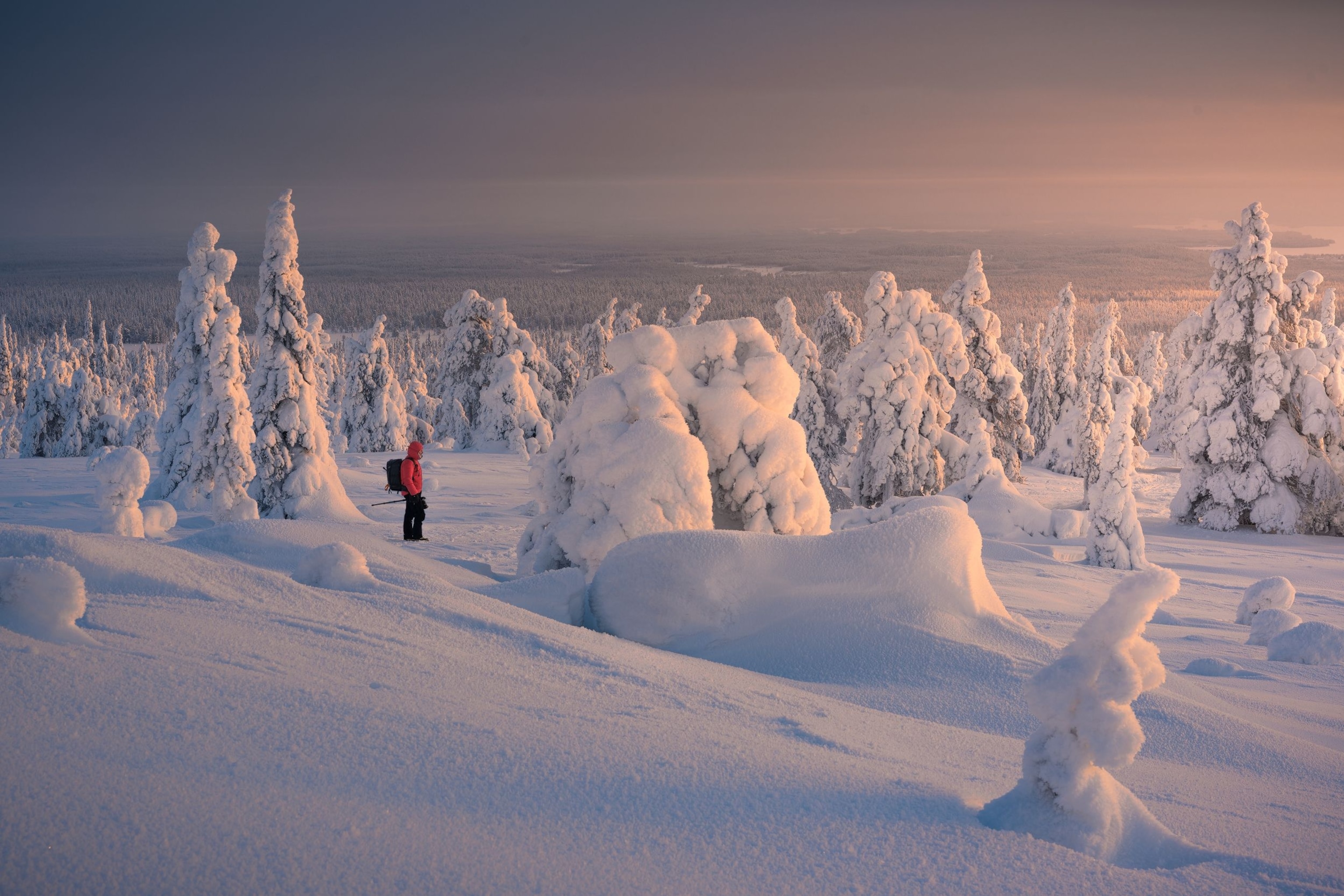
Klo managed to impressively capture the signature feature of Riisitunturi National Park: those trees. Bowed with snow and bent into crumpled witch-hat forms, they are remarkably expressive elements to a spectral, frigid landscape seemingly devoid of warmth.
But life is there if you look – and even when it’s not obvious, the landscape has the power to conjure its connotation, at least. “It definitely feels more alive than dead.” Klo says. “The trees have flash-frozen in all sorts of shapes and sizes, so if you have a playful imagination, you can easily see ‘life’ and creatures around every corner.”
This story was adapted from the National Geographic U.K website.





